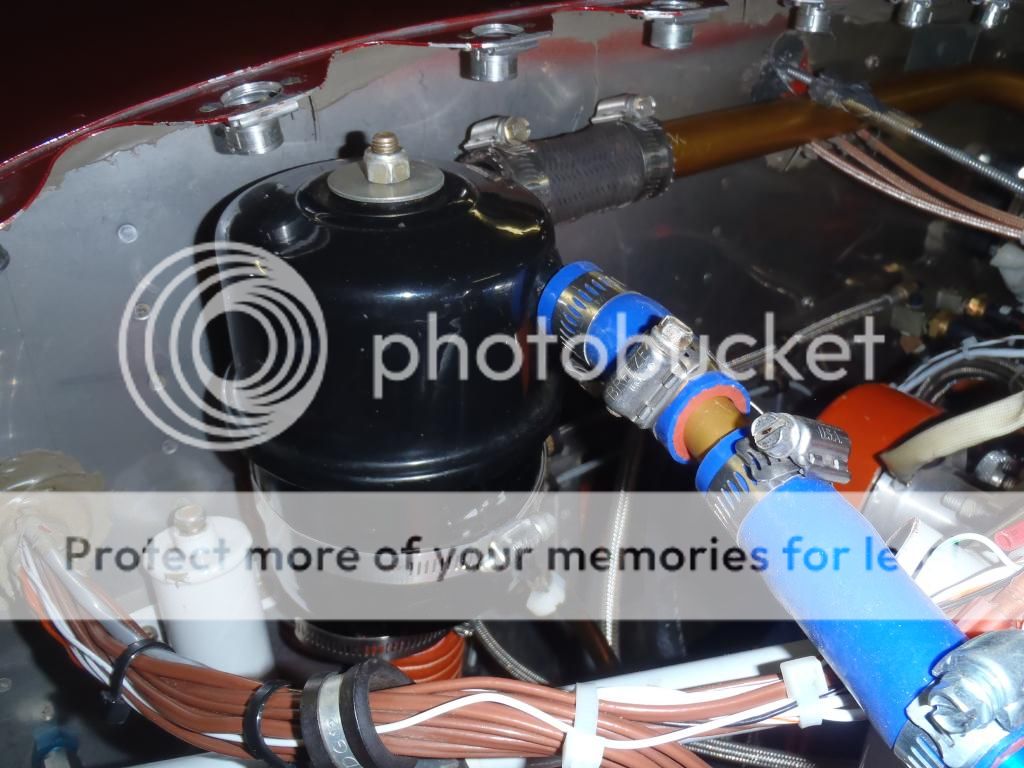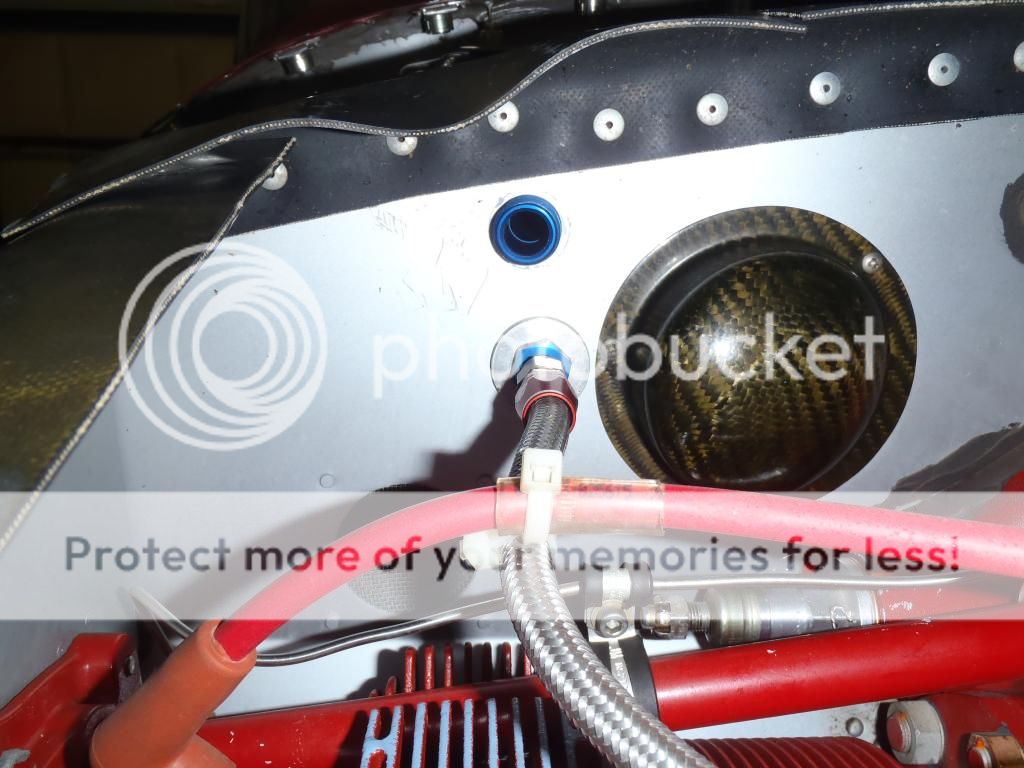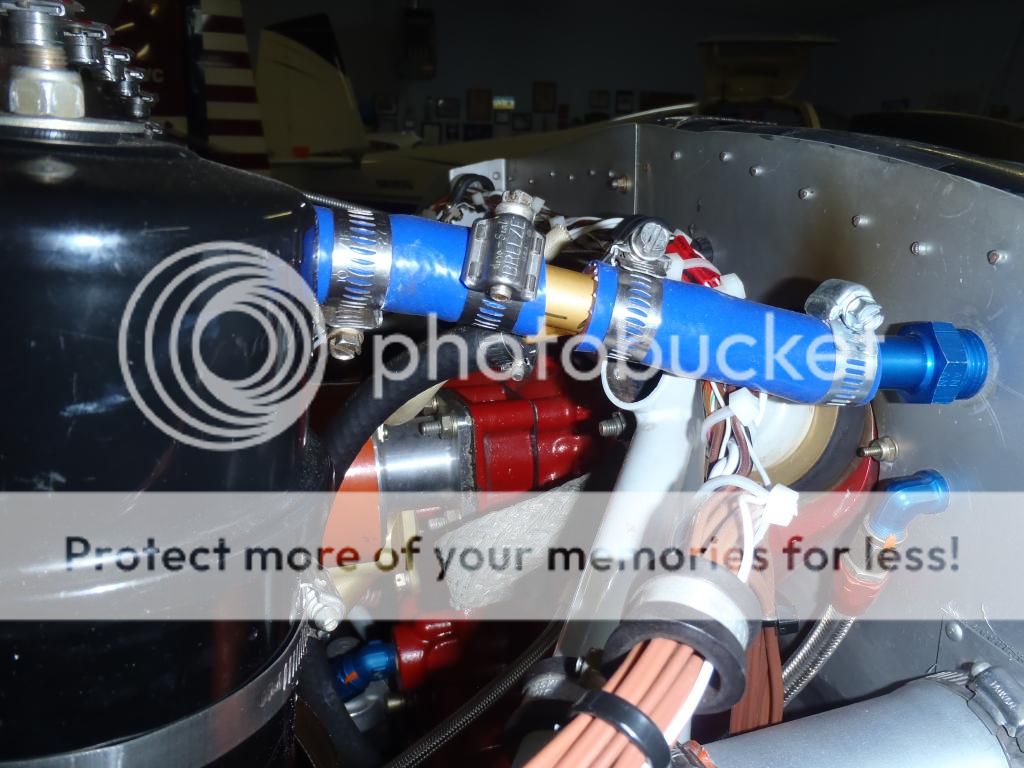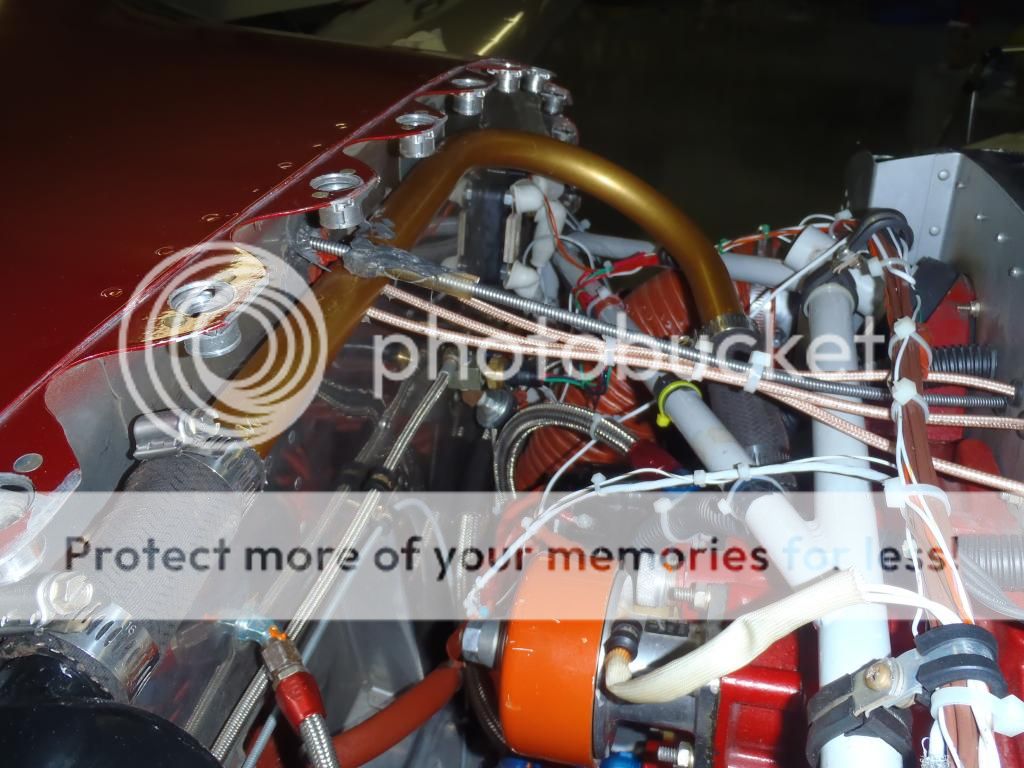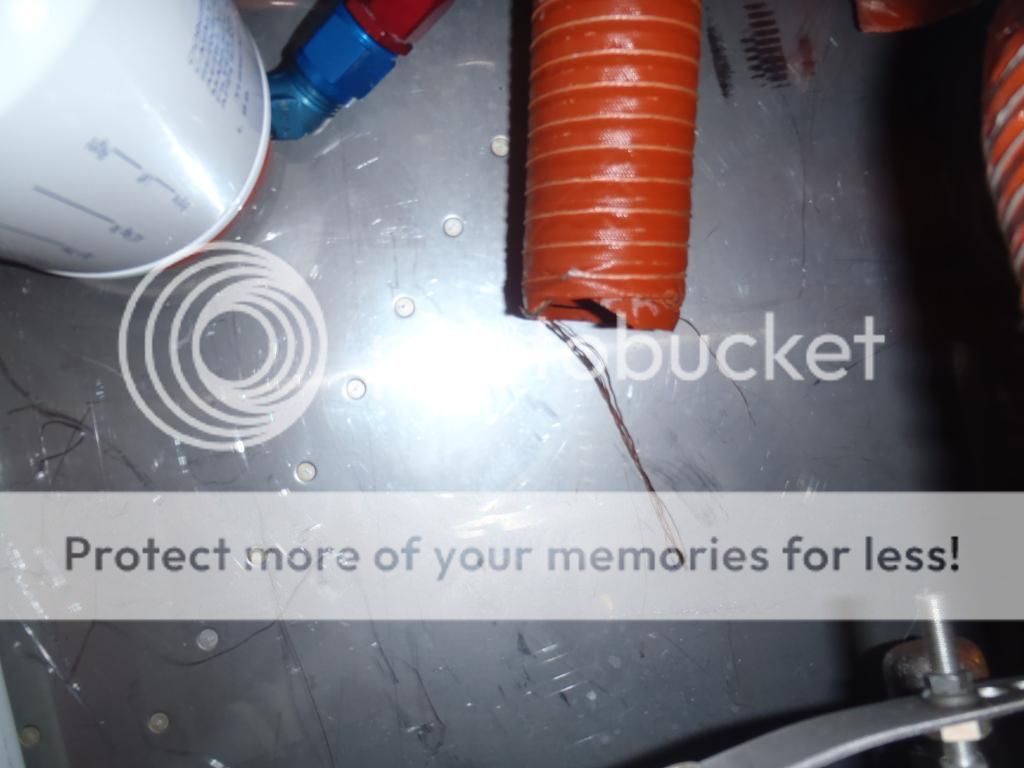rvmills
Well Known Member
Thinking about this, the coke buildup itself may well be a limiting factor----------it takes some oil to be baked into the coke, right??
As the hole closes up from the coke, what happens to the available vacuum, and the flow of oil???
I wonder if there is a spot where the buildup will limit the oil flow to where there will be no more buildup----------yet there will still be a small opening???
Can the coke actually close off the hole entirely ????
Now back to your regular programing.
Interesting postulation. How much oil actually goes out that tube, since it is the air-side outlet of the air/oil separator? Certainly there is some gaseous, and perhaps some liquid oil or contaminants, that pass that way, and could be subject to attaching to the tap wall and coking. Hopefully most of the liquid goes out via the oil-side exit of the separator, at least while the engine is running. After shutdown, perhaps a little oil drips down the tube towards the CVV, and also adds material that may make it to the coking site. If I'm in sync with you Mike, you're thinking that the suction through the CVV might limit full closure of the tap, right? Leads back to the question, how small a hole leads to enough case pressure to blow the seal?
Reality says the informed will make their own choice.
The real issue involves getting the word out about coking the exhaust tap, so the uninformed will not descend from the heavens in a shower of oil.
Well put. Its a potential HP mod for me, and, as with any other mod I make, I watch its impact on the operation of the engine or airframe, and weigh its effectiveness. Its not an "at any cost" program either, so eyes are wide open on every mod, this included. If this adds little value, its gone. If it adds value, and safely (given maintenance and a bypass/relief), it stays. Just one person's (hopefully informed, certainly attentive to input) choice.
Really good question! It also probably depends on how much blow by there is. Also, as rings rotate etc, does the blow-by change, wander with time? Probably.
Bob, As you check the crankcase pressure would it be possible to install an orifice of a couple of sizes to see how the pressure changes? I bet that is already in your test plan
I gotta get finished and flying so I can provide some data too.
Tell me more Bill…the why, how, what of it. Certainly game!
This is getting mucho air time in many circles. Talked to another VAF poster today by phone, who has an ASA AOS, but a DIY CVV tap, made from Moroso and other parts. He's done some testing to determine optimum depth and angle of the tap, in terms of max vacuum generated. Has piqued my interest! He also uses O2 sensors in ports similar to his CVV tap ports (all are screw-in).
OK, now there's a tee-up for a new thread, eh!
Cheers,
Bob
Last edited:



